Review for The Heroic Legend Of Arslan - Series 1 Part 1
Introduction
It was MVM’s release of The Heroic Legend of Arslan Season 2 that got me interested in Universal’s releases. Once you’ve seen the second season and enjoyed it, it’s understandable if your attention turns to the first season and catching up on what you have missed. Alas, the first season was released in the UK by Universal, and then only in lavish, collector’s edition format. Prohibitively expensive you might think, but given that Universal gave up on the UK anime market with unseemly haste, it turns out that there is plenty of stock out there even now, and convenient sales are to be had. I’ve already reviewed and have been pleasantly surprised by Seraph of the End, also from Universal. Consequently I’ve had even more reason to look forward to watching the first season of The Heroic Legend of Arslan.
This is the second time it’s been adapted to anime. I remember VHS copies of The Heroic Legend of Arislan sold by Manga Video back in the day, although I never got around to watching that, assuming it was merely another sword and sorcery show. That was based on the novel by Yoshiki Tanaka. What makes this second anime adaptation from 2015 intriguing is that it is based on the manga adaptation of Tanaka’s novel from 2013, and the artist who worked on that manga was none other than Hiromu Arakawa, the creator of Fullmetal Alchemist and Silver Spoon.
Arslan is the pampered and somewhat spoilt prince of the nation of Pars, although not by his parents. The Queen keeps him at arm’s length, while the King barely acknowledges his existence. It’s people like the general Vahriz, and the warrior Daryun who have raised him. Pars is a country built on conquest, and King Andragoras III has staked his reputation on total and assured victory over his foes, most notably the nation of Lusitania, who are routed when they invade Pars’ ally and neighbour Maryam. Curiosity about the prisoners of war draws Arslan to the slave market, where he meets a young soldier from Lusitania, not much older than himself, held in a cage. One thing leads to another, and Arslan inadvertently helps the boy escape from the capital Ecbatana, and gets another perspective on the world in the process.
Three years later, Lusitania attacks again, and this time, at age 14, Arslan is ready to be blooded in his first battle. But Lusitania have obtained a shrewd general, have mastered the strategy and tactics to bring Andragoras low, and have bought key figures in Pars to betray their king. Pars is defeated on the battlefield, and the capital Ecbatana falls to the enemy. Arslan manages to escape with the help of Daryun, but what can a fourteen year old prince do to take back the country and the throne which is rightfully his?
The first thirteen episodes of The Heroic Legend of Arslan Season 1 are presented across two discs in this collector’s edition from Universal.
Disc 1
1. The Glory of Ecbatana
2. Age Fourteen, Maiden Battle
3. The Knight in Black
4. The World-weary Strategist
5. The Royal Capital Burns – Part 1
6. The Royal Capital Burns – Part 2
Disc 2
7. The Beauties and the Beasts
8. The Treasonous Hero
9. Beneath the Mask
10. The Lord and Master of Kashan Fortress
11. The Road to Peshawar
12. A Knight’s Loyalty
Picture
I’ve been spoiled by Seraph of the End. Universal gave that show a very impressive presentation, and I was hoping for more of the same for Arslan. Alas, that wasn’t to be. It gets a 1.78:1 widescreen transfer across these two discs. The image is clear and sharp, with excellent detail, and with smooth, fluid animation. Hiromu Arakawa’s character designs give a little touch of FMA to the story, but the action sequences, and the detail in the world and costume design really does impress, as an anime that is aiming for the high end. The problem with the release is the usual one of banding. It was surprisingly absent in Seraph, but here it is prevalent to the usual Funimation degree, with darker scenes more affected. Given how much of the show takes place in gloomy castles, and dusty battlefields, you’ll notice it quite often.
Sound
Universal try and live up to their name, certainly in comparison with Funimation, by offering DTS-HD MA 5.1 English, 2.0 Japanese, German, and French, with optional English, French, German and Dutch subtitles. I stuck with the Japanese, although this time I was tempted to go with the English. For unlike the perfection Universal attained with Seraph of the End, they fall short with this first part of Arslan. They come up with the often seen problem of being unable to show dialogue translations and text translations at the same time. This is a problem as the show introduces each character with a text box showing name and status, and if someone is talking at that time, the Japanese text isn’t translated.
Thankfully, many of the show’s characters get bios in the Visual Guide, and keeping that handy while watching the show is a more convenient option than skipping back and switching subtitle tracks. Of course, the further you go into the show, the more acquainted you are with the characters, and the less you actually need the translations. Another issue is that the subtitles can’t decide whether one character’s name is Hilmes or Hermes. And song lyric subtitles are missing. The audio itself is fine, the dialogue is clear, the subtitles are timed accurately, and the show’s action and music comes across as you would expect.
Extras
Just like Seraph of the End, Universal release Heroic Legend of Arslan in Collector’s Edition form, all packaged in a chipboard, art covered slipcase which can sit on a shelf with standard Amaray BD cases around it.
Inside you’ll find the following.
2 discs held in a landscape form digipack.
4 playing card sized character info cards.
12 large art cards.
The Series 1 Part 1 Visual Guide, a 72 page booklet in portrait format, with a character list, production notes, interviews, columns, 4 panel comics and episode staff listing.
A two-sided mini poster, with a map on one side, and a chessboard on the other.
A fold out card with 40 push-out playing pieces to be used with that game board.
The board game has given me two flavours of grief. I was anticipating a storage nightmare, with a vision of an actual board, and solid pieces, instead of the paper transience that we get here, which looks barely usable. But in the end, it turns out that it’s the ultimate in useless tat. Try as I might, I couldn’t find the rules for the game anywhere, not here, and not even in the Part 2 collection. If it was any more substantial than two sheets of thin card, I’d throw it away.
The discs boot to animated menus.
Disc 1 has 2 minutes of trailers for the show, 2:53 of TV Spots, and 8:03 of textless credits (x4) in the Music Spots section.
Disc 2 has 14 minutes worth of Short Comedy animations.
Conclusion
When I reviewed Season 2 of The Heroic Legend of Arslan, eight episodes on one disc, earlier this year, I had two problems with its storytelling. This release, and no doubt the Part 2 release go a long way to addressing one of those problems, but they can’t do anything about Season 2’s frustrating cliff-hanger. Still, now knowing how the story began, and getting to know these characters properly goes a long way in making me appreciate the second season. I do have to say that this first season, even based on its first half of just 13 episodes, is still better than the second. The way the story unfolds, the characters develop is much more appealing and rewarding; the show is paced better as well.
It’s also much more satisfying to actually watch this story from the beginning. It’s a tale of power corrupting, although most of the players in this mediaeval soap opera are corrupt to begin with. Pars is a country built on warfare, and on the practice of slavery. The king Andragoras is a man who ascended to the throne on bloodshed, and has built a reputation of cruel brutality. That’s certainly true when it comes to the coldness with which he treats his son, Arslan. Arslan’s mother, Tahamenay is distant as well, and it’s revealed that the Queen has a reputation of her own, one of leaving bloodshed, and dead suitors and husbands in her wake.
Arslan, the young prince is something of an oddity in this world, having had a more humanistic upbringing, and some wise mentors as well. Early on, he has an encounter with an escaped Lusitanian prisoner of war, practically a child himself, and he gets a firsthand idea of the cruelty of slavery. You may think that it’s poetic justice that Lusitania finally manages to invade Pars, and overthrow Andragoras, once they have the aid of a mysterious masked man, but they’re not much better when it comes to cruelty. They believe all men are equal, as long as those men worship the same god as them; otherwise they are all heathens ripe for the slaughter. When they invade, Andragoras is captured, most of the officials in the city put to the sword, and it’s only the Lusitanian King Innocentis’ lust that spares Queen Tahamenay. That rubs the archpriest Bodin the wrong way, whose adherence to religious dictates causes most of the bloodshed. Innocentis is a child made king, a bloated man who thinks only of his appetites, and that annoys his brother Guiscard, general of the Lusitanian forces, and this sets up a tension between these three factions among the invaders.
The invasion wouldn’t have succeeded without betrayal from within the forces of Pars, but this time it could also be considered justified. It’s the masked man, who we later learn is called Hilmes/Hermes. Andragoras murdered his older brother to claim the throne of Pars, and it turns out that there is still someone with a more legitimate claim on the throne than Andragoras, or indeed Arslan. That’s enough to turn at least one of Andragoras’ generals against him. But when you consider Hilmes’ thirst for revenge, his readiness to let the Lusitanians massacre their way through the country, just so he can eventually usurp the throne back from them, he’s not much better than Andragoras himself.
So what of the boy Arslan? He’s supposed to be blooded in his first battle, an easy victory against the Lusitanians, but the army of Andragoras comes up against their superior tactics, and betrayal from within, and Arslan barely manages to escape from the carnage with the aid of disgraced general Daryun. Most of this collection of episodes follows what happens next, as they go looking for help, some way to rally their forces and start to fight back against the invaders, all the while cutting back to the capital to see what is happening under the occupation, and what’s happening with Hilmes.
Arslan and Daryun’s first piece of good fortune is when they encounter Narsus, another moderate adviser exiled by Andragoras. Narsus has radical ideas like ending slavery, and in a country that can’t countenance the idea, he’s accepted exile and a quiet life pursuing his dubious art. In Arslan, he finds a royal unlike any other, and he pledges his loyalty, although it’s half and half as to whether he’s using Arslan to pursue his agenda, or whether they just coincide. He and his retainer Elam join Daryun and Arslan, and later they recruit an itinerant ‘musician’ named Gieve, as well as a rather brazen priestess named Farangis, as they try and learn of the state of the nation, if any loyal forces remain, and just where they might find safety, all as they flee the Lusitanian forces, and the traitorous Pars forces that are pursuing them. It’s not all plain sailing, as even seemingly loyal Lords see a young inexperienced prince as a tool to manipulate rather than a leader to follow.
This first half of season 1 is all about the nation’s downfall and the flight of the prince. But as the collection concludes, they finally reach safe haven, they find a loyal force willing to follow Arslan, but there are revelations to be had as well. The second half should see the turning point, and the fight back begin, which will move the story onto an interesting path. The Heroic Legend of Arslan is just that, a tale of legends, so you have to take as read that the main characters will be able to handle hundreds of faceless enemies without taking so much as a scratch, but realism isn’t what you look for in fantasies like this. I suppose the most obvious comparison you might make is to Berserk, and just like that show, there is the element of the mystical and magical in Arslan’s tale as well. But while the show is very watchable, it never quite reaches the depth of character that Berserk is renowned for. Arslan is more of a saga. This time around, the discs don’t really improve on Funimation’s usual standards, and in one very important respect are a bit worse. It all depends on how much you appreciate Universal’s accoutrements.
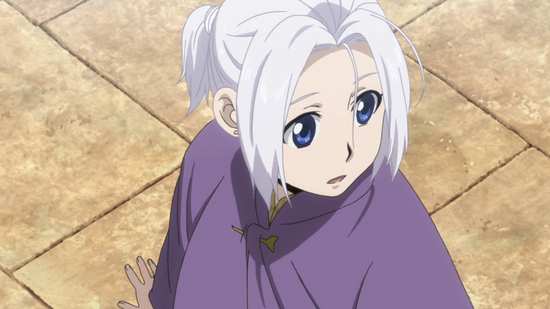
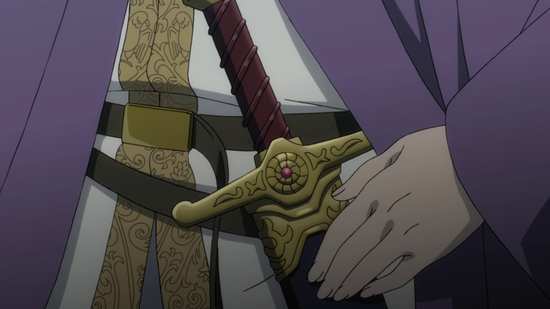
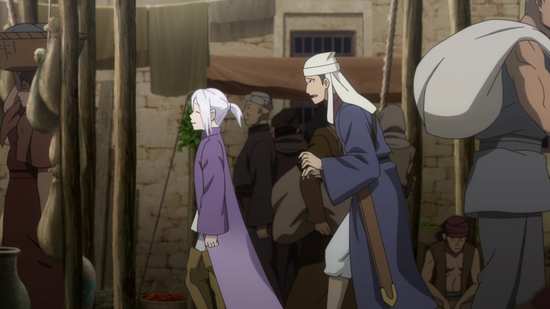
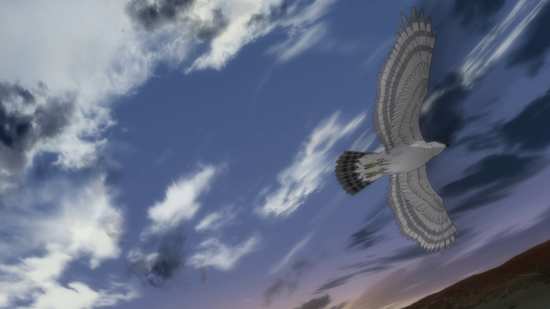
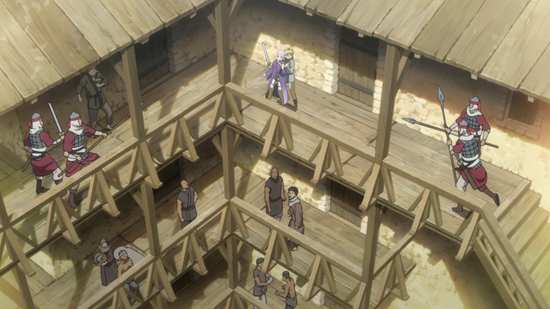
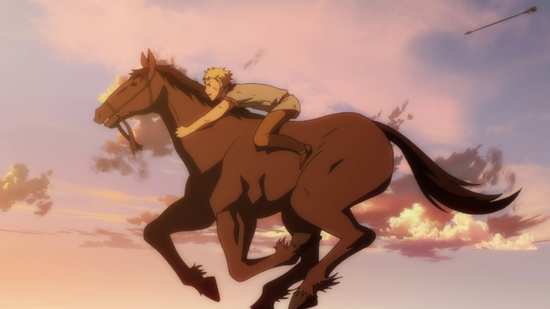
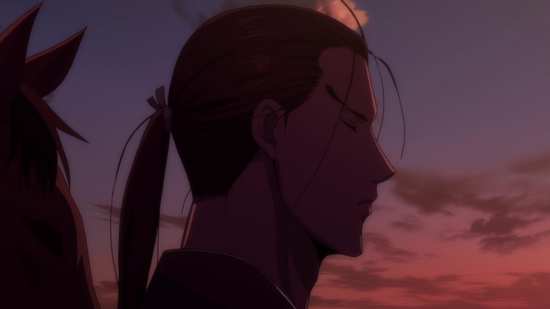
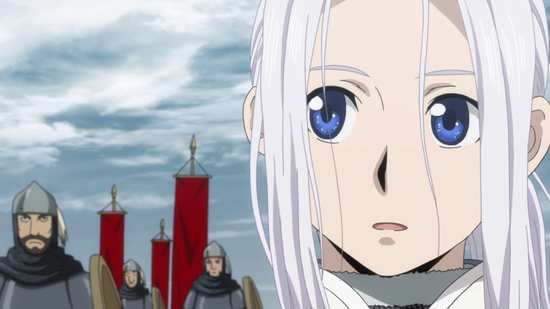
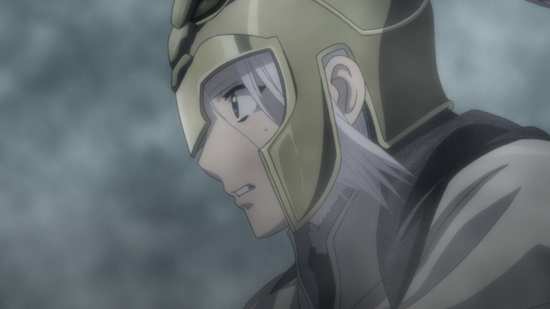
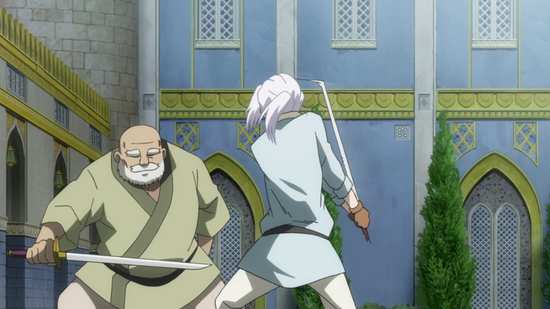
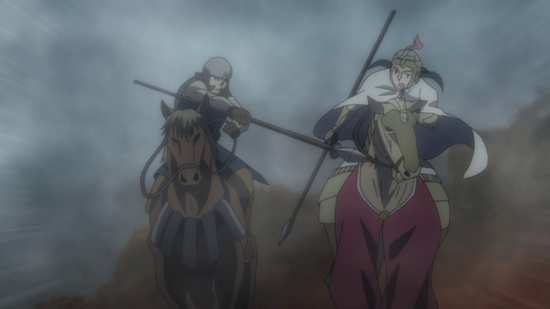

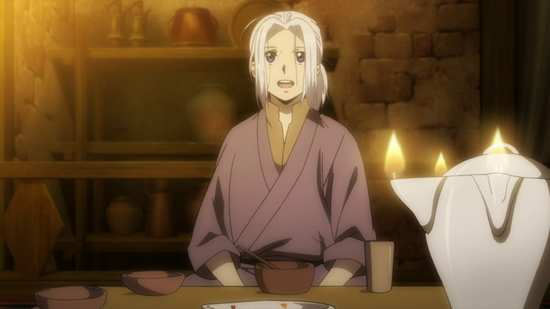


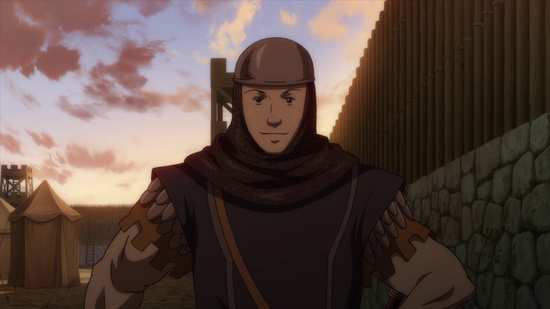
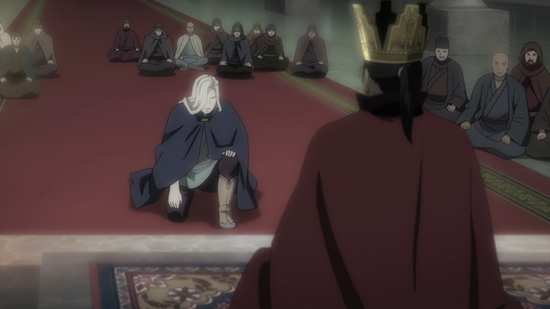
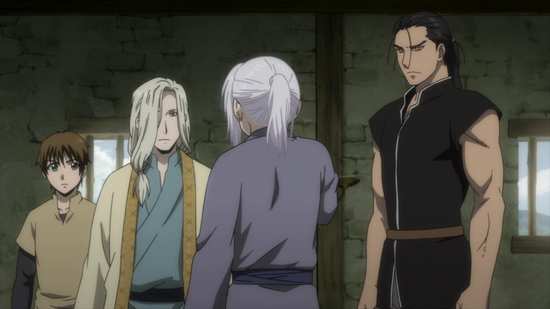
Your Opinions and Comments
Be the first to post a comment!